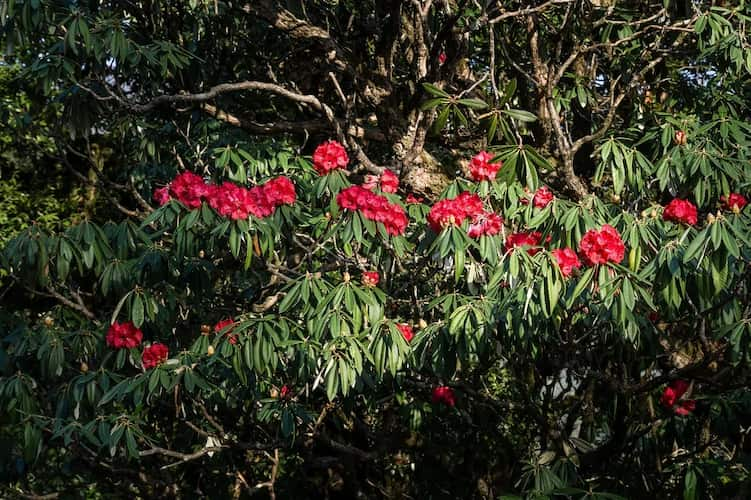APART FROM GULAL, Holi celebrations are synonymous with thandai and bhang. The festive revels would be considered incomplete without these beverages adding their heady and delicious flavours to the mix. While these are the primary drinks, however, there are other drinks that are consumed on Holi as well. Since March signals the start of hotter weather, most of these drinks are coolers. They also tend to rely on natural ingredients — fruits and flowers, for instance — as their base. Here’s a look at traditional thandai/bhang Holi alternatives:
Bel/Bael Ka Sharbat
The bel tree is considered sacred as per Hindu beliefs; the leaves are commonly offered before shivlings at temples. Also known as the “wood apple” or “Bengal quince”, the fruit of the bel/bael is round, with “a hard rind that turns yellowish-grey when it is ready for harvest”. March-April is the typical harvest season for the fruit — just in time for Holi. Across India, bael/bel juice is prepared in three ways: as squash (concentrated/diluted) that uses the fruit’s pulp; as a sharbat that relies on beating the pulp with milk and sugar; or by combining the pulp with tamarind. The bel’s high nutritional value and water content are also factors that have contributed to its popularity in beverage form.

Image: Bael Ka Sharbat
Kanji
In the age of instant-everything, kanji is still one of those drinks that needs time — and copious quantities of care. In the winter months, when carrots and beetroots are at their freshest in the markets, North Indian households begin the preparations for kanji. The vegetables are cut into slender strips and placed in a glass jar with enough water, along with mustard seeds and sea salt. The jar is placed in the sun for several days, until the water turns bright red in colour, and the mustard seeds start to float at the top. The result is a pungent, fermented drink that is a bit of an acquired taste, but has tremendous health benefits as a probiotic. It is most commonly had as a (non-alcoholic) aperitif. During Holi, some families also make “kanji vada”, by soaking vadas in the juice. A little bit of trivia: Turkey also has a version of kanji, which they call şalgam.
Pallar
A Garhwali specialty, pallar is an easy alternative for those looking to replace the usual bhang/thandai combination in their Holi drinks menu. Buttermilk is blended with ground spices, chillies, mustard and fenugreek seeds. To the uninitiated, it may also appear like a kadhi, with its tempering and pale yellow hue. Its properties as a digestive and cooler are highly feted, cementing its status as a summer staple.

Image: Pallar
Aam Panna, Nariyal Pani, Khus/Rose/Kokum Sharbat & Lassi
Considering the everyday popularity of these drinks during summer months, their presence during Holi festivities is unsurprising. Khus, rose and kokum juices are had as regular, chilled sharbats or infused as flavours with thandai and bhang preparations. Similarly, sweet and salted lassi is served as is, or most iconically, as bhang lassi, especially in Varanasi, which is renowned for its version of the drink. Aam panna, made with the early mangoes of the season, and the elixir-like tender coconut water also serve the same purpose as these chilled drinks during Holi.
Buransh Squash/Sharbat
Come January-March, swathes of Uttarakhand are covered with the scarlet of buransh/burans flowers, a type of rhododendron. The same jewel-like tone is found in the drink made out of these blooms as well — a squash or concentrate that is bottled and sold in places far from the spots where they blossom. The commercially available buransh squash can be sugary, but the more natural sharbat served by locals directly is more delicate, and full of the hydrating, anti-inflammatory, immunity boosting benefits the rhododendron juice is reported to have.

Image: Buransh blooms
Mahua
Beyond its presence in Bhojpuri hits like “Mahua Pi Ke Holi Na Khelo Dewaru”, the drink — mahua — is a fixture at festivities of various kinds. Made from the flower of the madhuca longifolia, which grows in the plains of western, central and eastern India, the process of brewing mahua is a detailed and meticulous one, followed by indigenous communities. With a “smoky, floral” aftertaste and potency (it has an alcohol content of 20 to 40 percent), mahua is a shoo-in among Holi drinks. A variant known as mahuli is made in Odisha.


